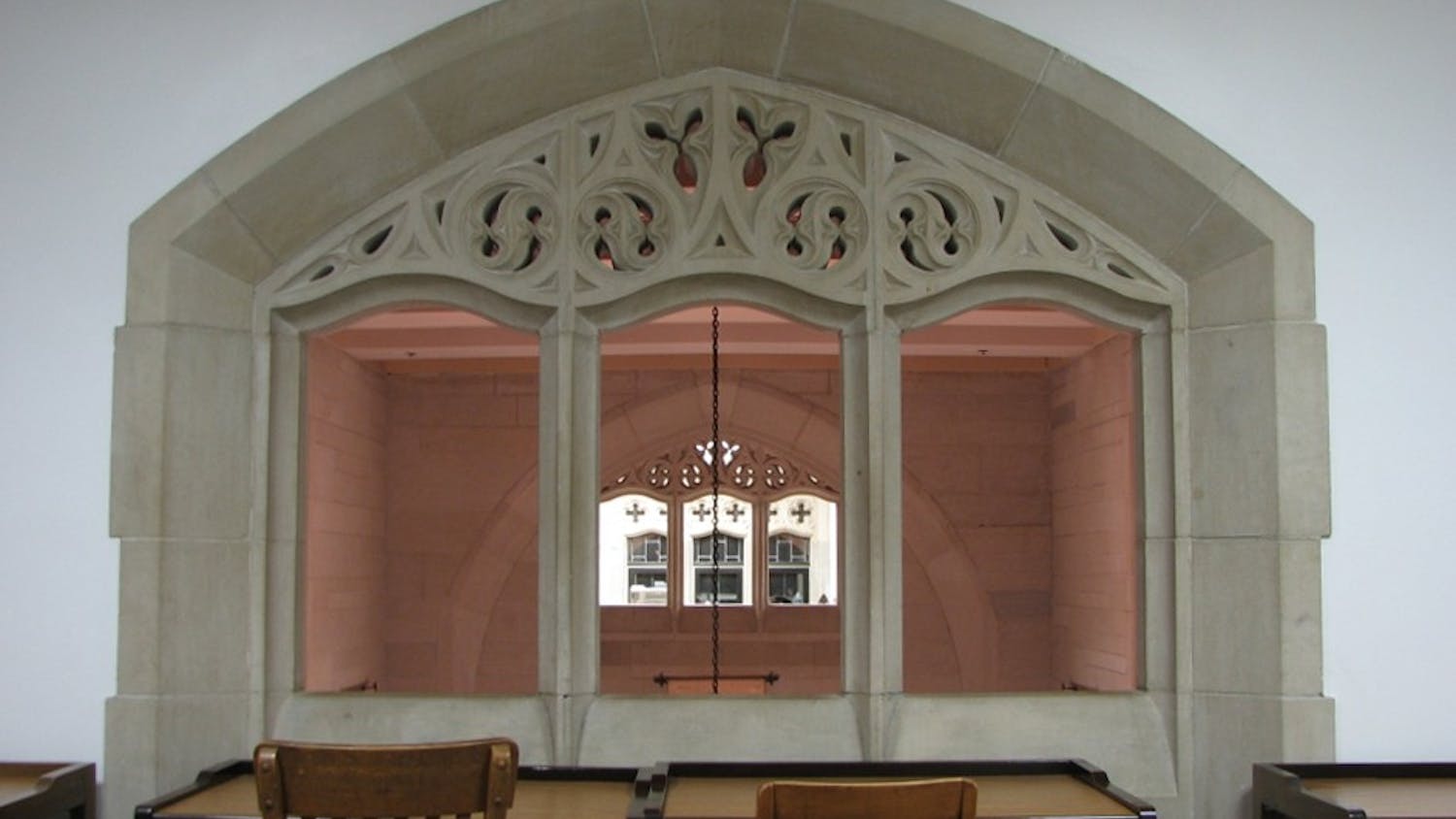There is no one secret to athletic success. There are three: genetics, training, and technique.
Kinesiology professor Jesús Dapena has conducted sports biomechanics studies since the 1970s . This science works with technique, understanding, and enhancing athletes’ performance on the field through cause-and-effect analysis of their movements. Over the years, Dapena’s lab has analyzed a number of athletes — baseball pitchers, dancers, discus throwers, and field hockey players. But the bulk of his research has focused on high jumpers. He’s spent 25 years recording, analyzing, and critiquing the performances of USA Track and Field’s best jumpers to prepare them for competition.
While top athletes like IU high jumper Derek Drouin may consistently place, that doesn’t mean an aspiring young athlete should copy Drouin’s technique to a T. Instead, Dapena says improving one’s performance comes down to the details. For example, when jumping into the air, an athlete must lift his or her knees at a precise moment to clear the bar. Sports biomechanics can pinpoint the exact angle the knees should be at to reach the optimum height.
In the 1968 Olympics, American athlete Dick Fosbury changed the sport of high jumping when he introduced the technique that’s become known as “The Fosbury Flop.” Rather than using the then-standard sideways straddle, Fosbury refined a technique where he ran in a curve, leaning away from the bar and jumping over with what is now the characteristic “backwards over the bar” appearance of high jumping. Biomechanics consultants did not create this technique, but they can help refine it for specific bodies to achieve success.
But how exactly do they do it? Dapena relies on video footage that he and his graduate students record of athletes on the field, track, or stage. They favor this on-site method over data collecting in the lab, because only in competition is an athlete performing near or at their full potential.
In the end, talent may win out over training — but with the help of sports biomechanics research, coaches have the chance to craft the perfect player.
How It Works
Back in the lab, the biomechanics researchers upload the video to a computer program called Simi Motion, where each recorded jump is broken into single frames to allow for digitizing. The digitizing process is a manual one and can be slow (one jump takes at least two hours to digitize, Dapena says), but it’s precise.
The body is broken down into 21 points including the top of the head, shoulders, and ankles. On each still of the video, Dapena marks these points to create digital “stick figures” of the athlete’s movements.
These figures are then used to create a computer simulation of the jump. From there, researchers can create graphic representations. This allows them to calculate precise angles and heights, determining exactly which movement can be improved.
Coaches then receive this analysis and can use it to polish their athletes’ performances.
Swifter, higher, stronger
How biomechanics changes the game
Get stories like this in your inbox
Subscribe





